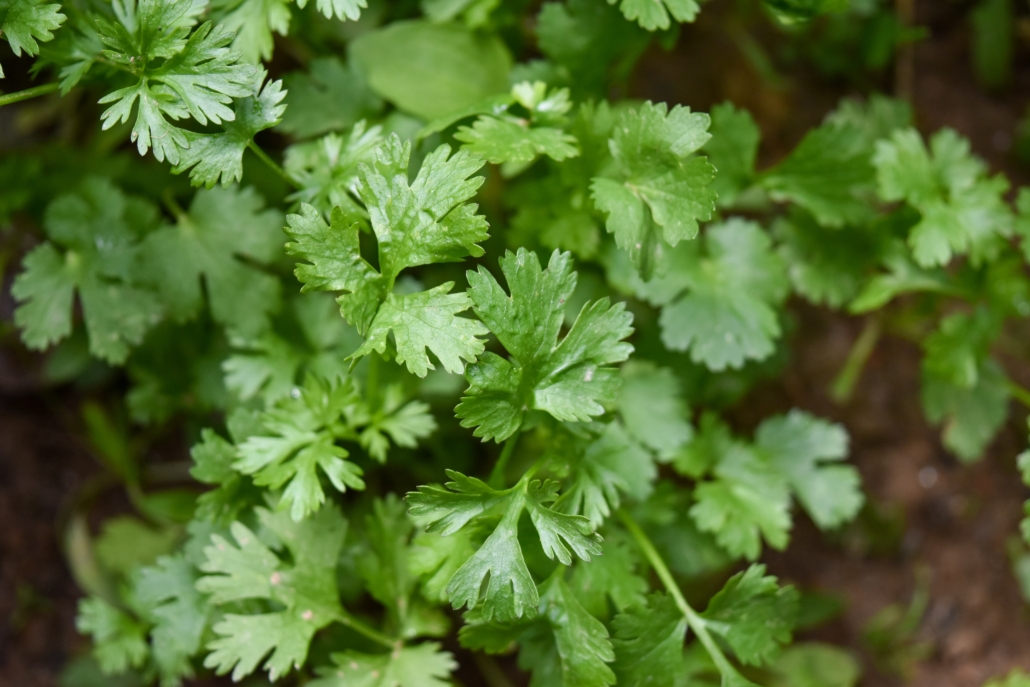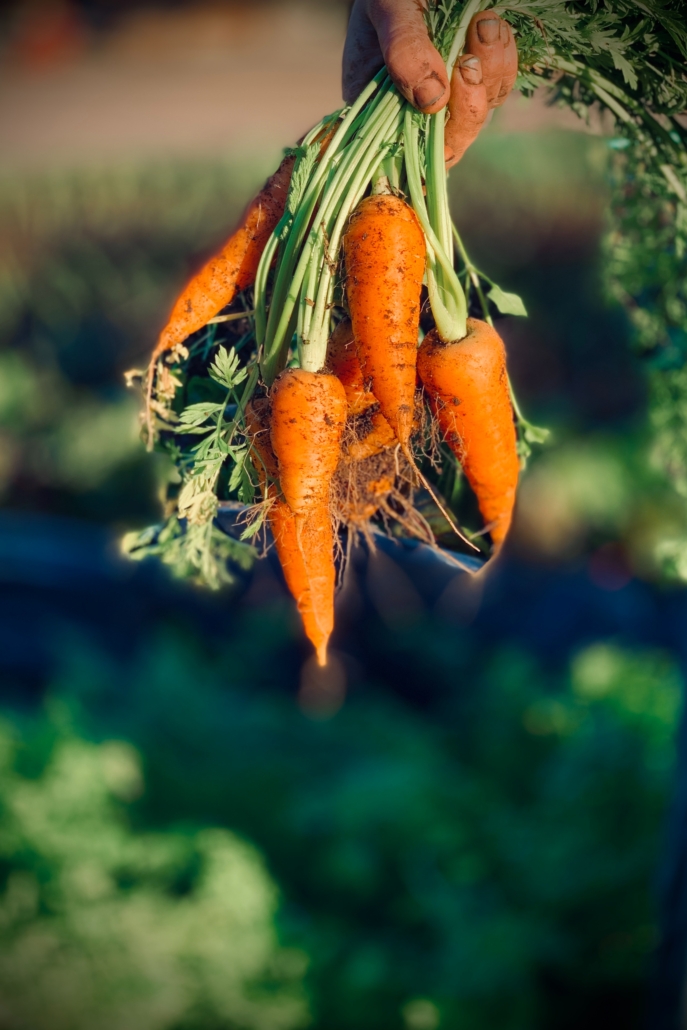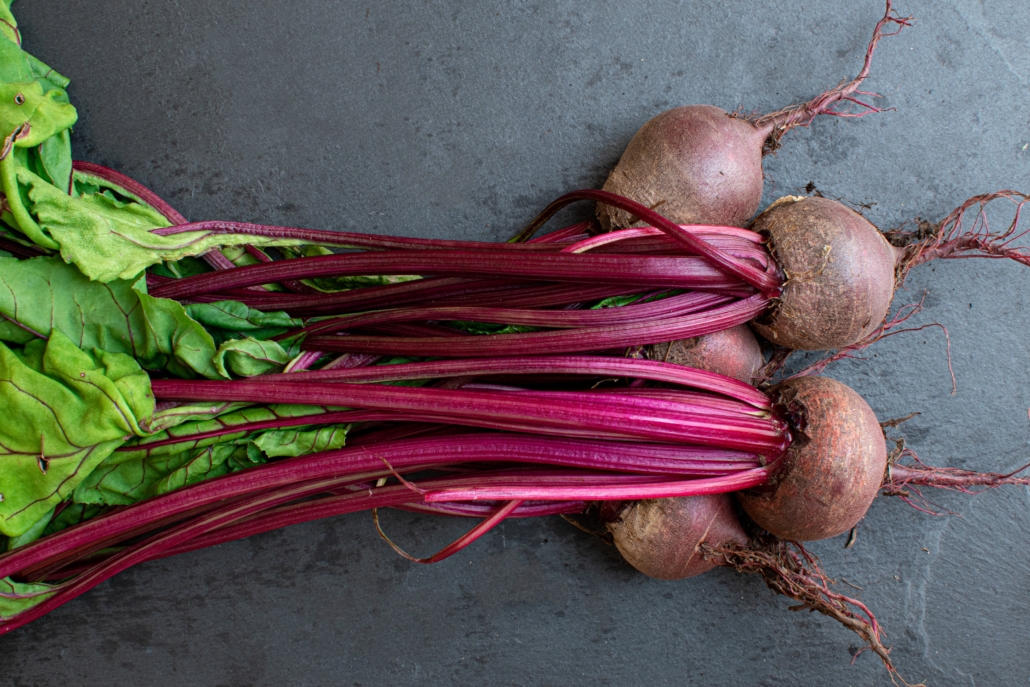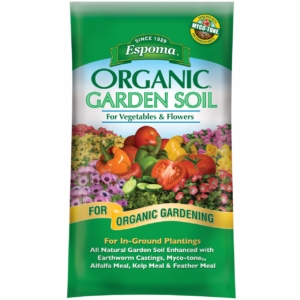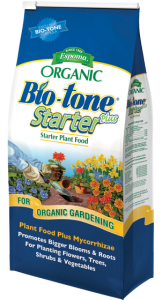People are spending more time than ever indoors and at their screens, and that’s why it’s never been more important to have plants in our living spaces. This blog covers the benefits of having plants indoors and provides simple and affordable tips for greening up your own living space to be more in sync with nature.
This blog is inspired by Episode 113 of Bloom and Grow Radio Podcast, where host Maria Failla discusses why and how to green up your living space.
Why Should I Have Plants Inside My Home?
Being around plants has been proven to have a variety of benefits for humans. Plants can increase your creativity, alertness, productivity, cognitive performance, and concentration. They can also reduce stress, help lower blood pressure and heart rate, and reduce mental fatigue. Not to mention… plants look beautiful! Who doesn’t want a more picture-perfect home?
What is Biophilia?
If you’re reading this, you’re probably already a fan of nature. Biophilia is a hypothesis initially created by psychoanalyst Erich Fromm and then made popular by biologist Edward O. Wilson that states that humans have an innate desire to be around other living things. We are nature, therefore we seek to be around other natural things. It’s why we feel so calm around our pets, or so peaceful in natural settings.
How to Green Up Your Living Space
The best tip to make your space greener: always have a plant in your eyesight. This is especially important for areas you spend a lot of time in: the kitchen, living room, and home office. Make sure that where you look, there is some iteration of plant.
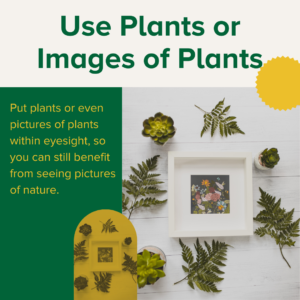
1) Use Plants or Images of Plants
If you have a window in your space, make it a focal point. Place a desk, table, or couch against the window for that visual connection with nature. Put plants within the eye-line of your tables or any place you’ll be looking frequently. Another option is to put pictures of plants on the wall, so if you can’t have the real thing, you can still benefit from seeing pictures of nature. Photos, watercolors, paintings, or even botanical wallpaper can invoke that feeling of plants in your space.
“Maria’s favorite botanical wallpaper is from Rifle Paper Company”

2) Incorporate All of Your Senses
Different sensory inputs can mimic nature in your space too. Think of ways you can incorporate sounds, smells, and textures in nature. A small trickling water fountain, a soundtrack of calming rainforest noises or birdsongs, and scented plants, candles, or diffusers can all help green up your space.
Our favorite scented plants:
- Lavender (Lavandula spp.)
- Hoya lacunosa: blooms smell like cinnamon
- Maxillaria tenuifolia, nicknamed “The Coconut Orchid” has a piña colada scent!
- Rose-scented geranium (Pelargonium graveolens)
3 ) Use Your Space Wisely – Look up!
If you have a small space, this is especially important. Using vertical space to display plants or images of plants can really help fill in empty areas. You can use shelves, install hanging planters, attach plants to curtain rods, or even create green walls. Don’t just let your bookshelf be all business–let it be a little planty as well.

4) Mix Up Your Textures
Greening up your space doesn’t have to be with just living things. There are so many patterns in nature that show up and have been proven to relax us. Consider having accent details in your space made of natural wood grains, leather, stone, fossil textures, or bamboo as a way to mimic being outdoors in nature.

5) Think About Your Light Setup
A window with natural light will of course give you lots of options for plants. But if you don’t have a window, you’re certainly not out of luck! Picking plants for your space is all about understanding your light setup.
Remember: plants use light to make their food. So no light = no food = dead plants. If you truly have no natural light in your home, opt for a grow light.
Suggestions for low-light homes:
- Snake plants (Sansevieria spp.)
- Philodendron
- Air plants (Tillandsia spp.)
Suggestion for high-light homes:
- Fiddle leaf figs (Ficus lyrata)
- Succulent collection
- Any type of Peperomia or Hoya
However you choose to green up your living space, remember that plants are our connection to the natural world. Spend screen free time with them everyday. Use watering or caring for them as an excuse to get up from your computer and take some “me time” because plant care is self care.
*****
Check out Maria’s Planty Home Office Tour for an in-depth look into her setup and her new book Growing Joy: The Plant Lover’s Guide to Cultivating Happiness (and Plants).
For a deeper understanding of the science behind biophilia, read “14 Patterns of Biophilic Design” by William Browning, Catherine Ryan, and Joseph Clancy.
About Bloom & Grow Radio Podcast
Bloom & Grow Radio Podcast helps people care for plants successfully and cultivate more joy in their lives. Host Maria Failla, a former plant killer turned happy plant lady, interviews experts on various aspects of plant care, and encourages listeners to not only care for plants, but learn to care for themselves along the way.
Recomended Products:

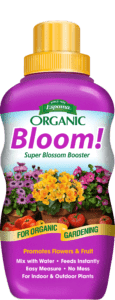
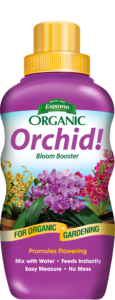

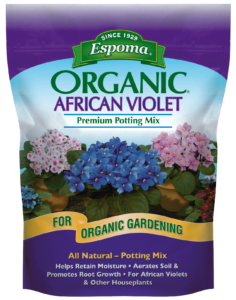
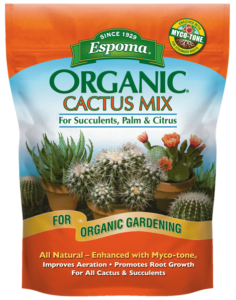





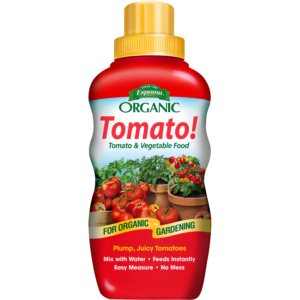
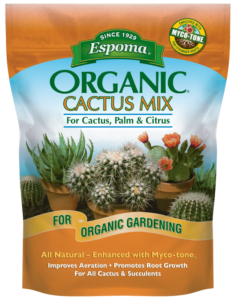

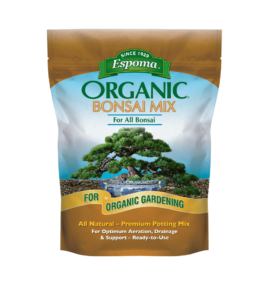
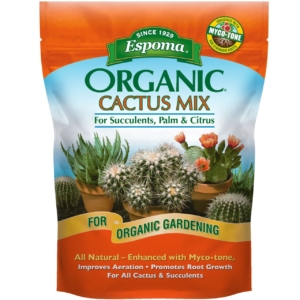
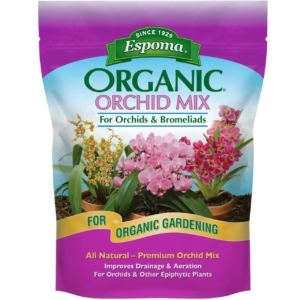
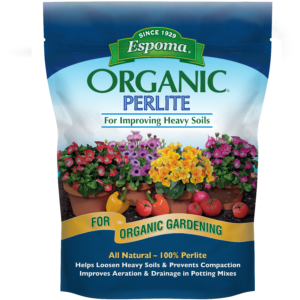
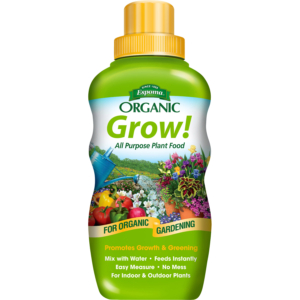
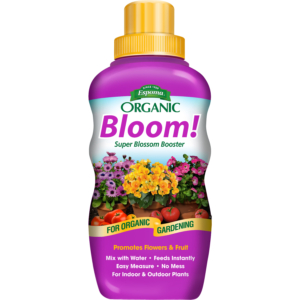
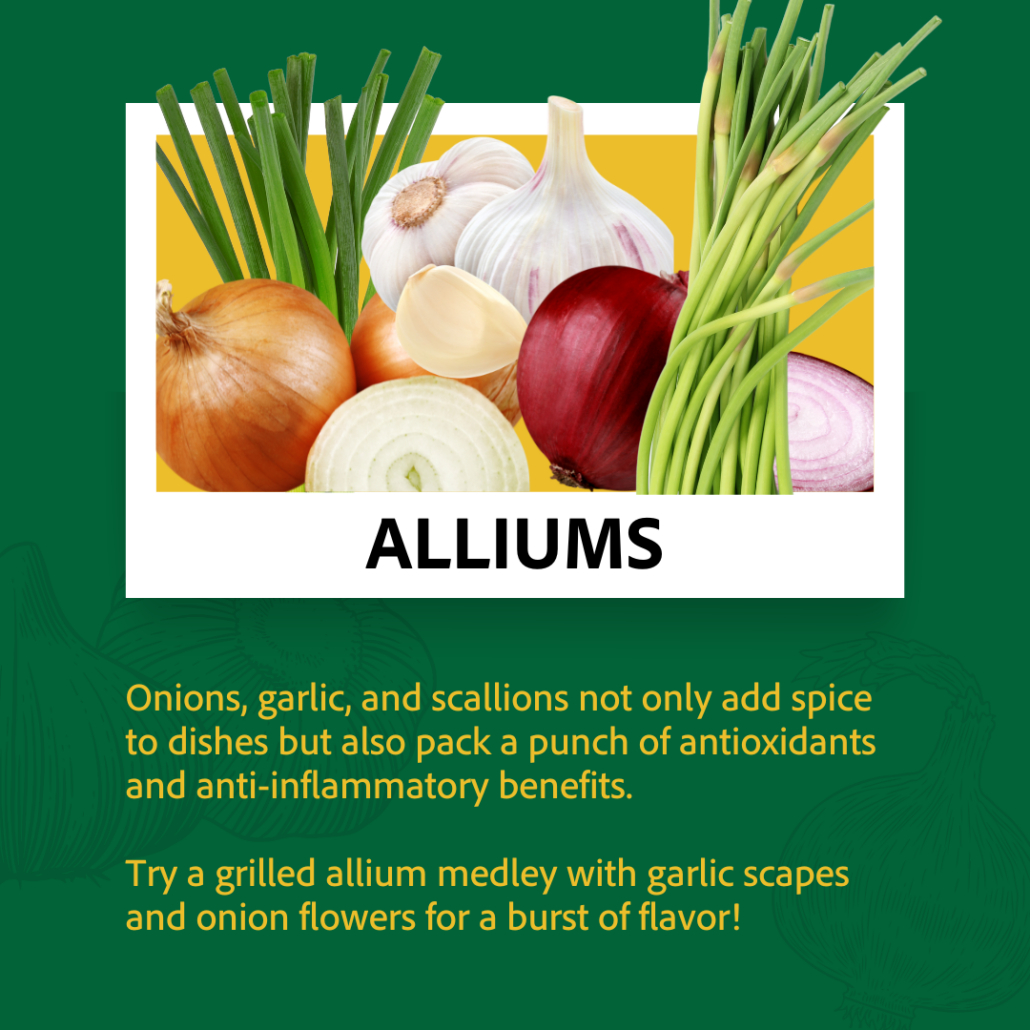
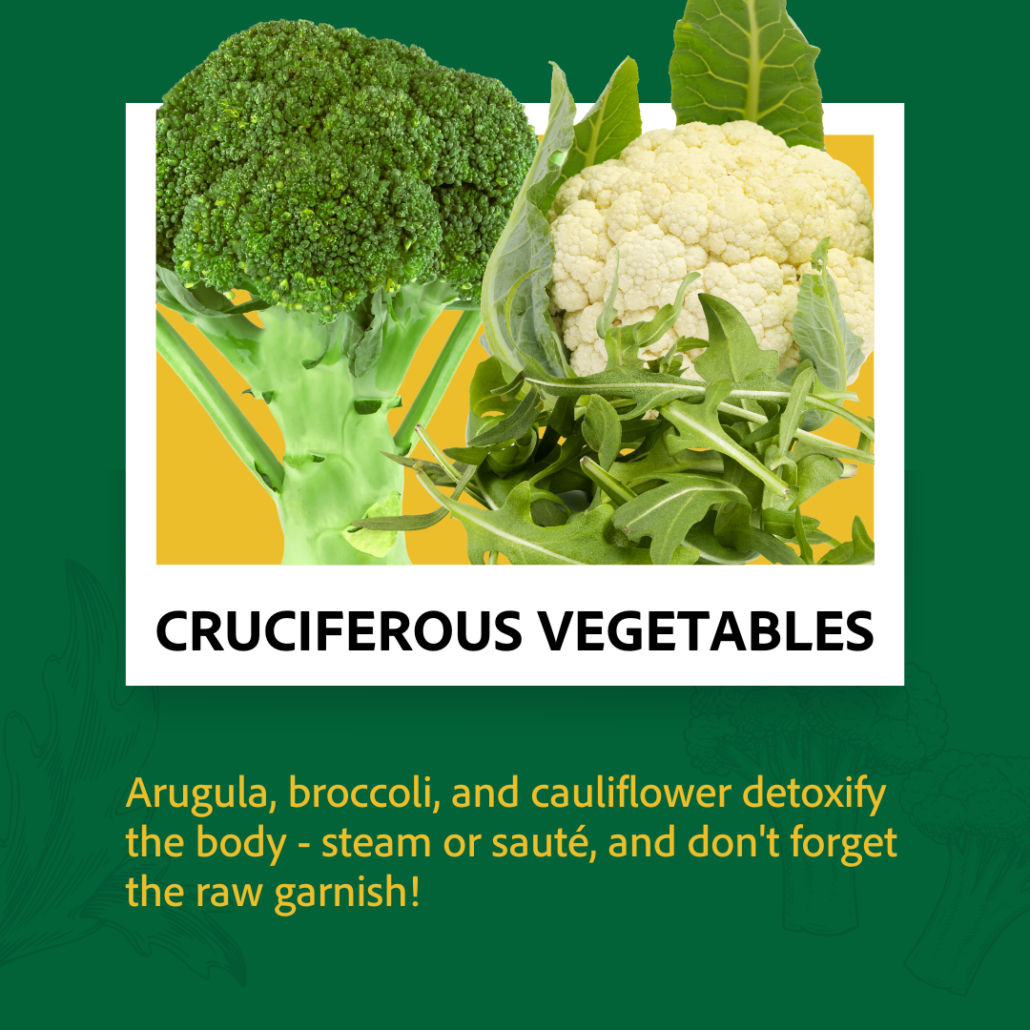
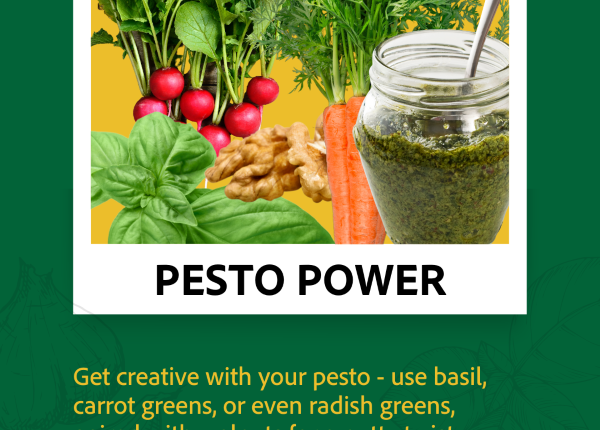
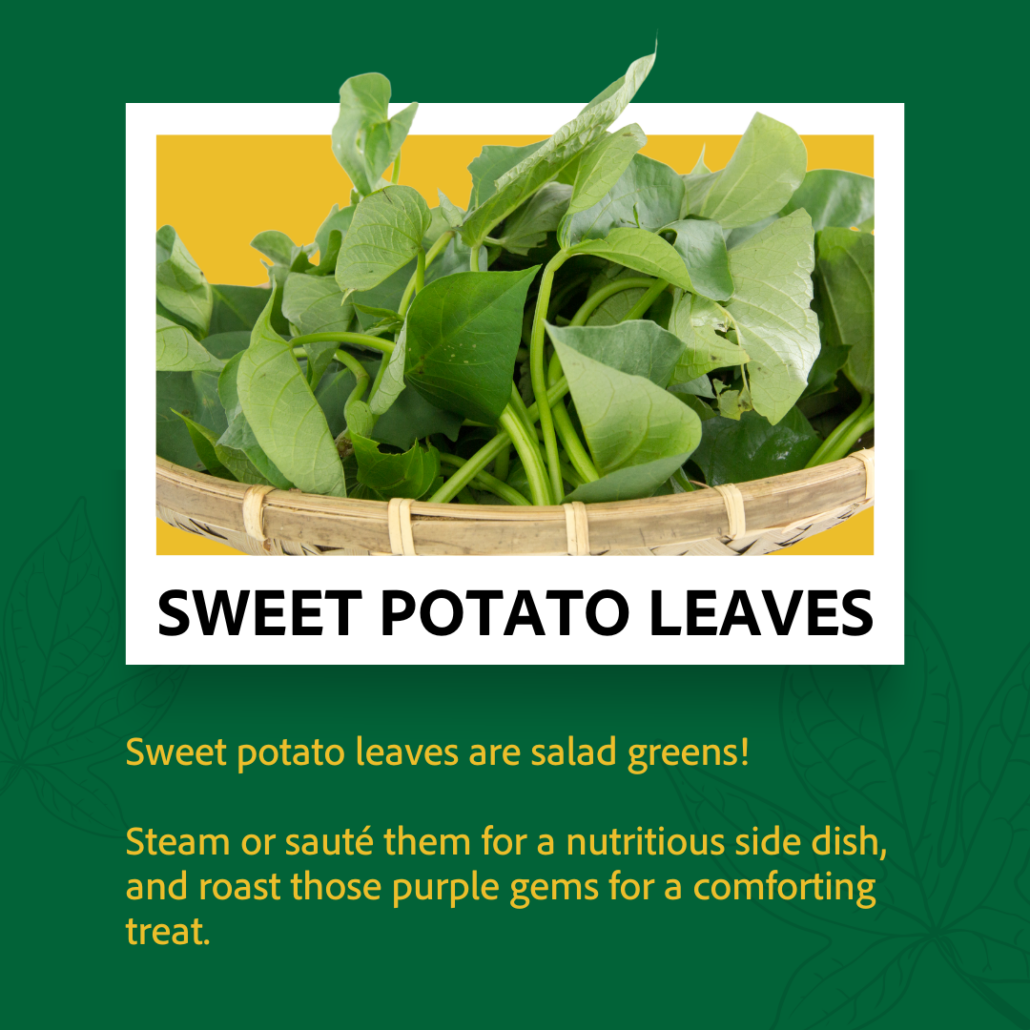


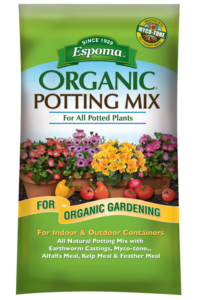
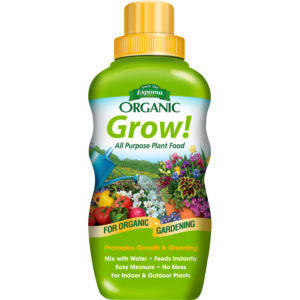
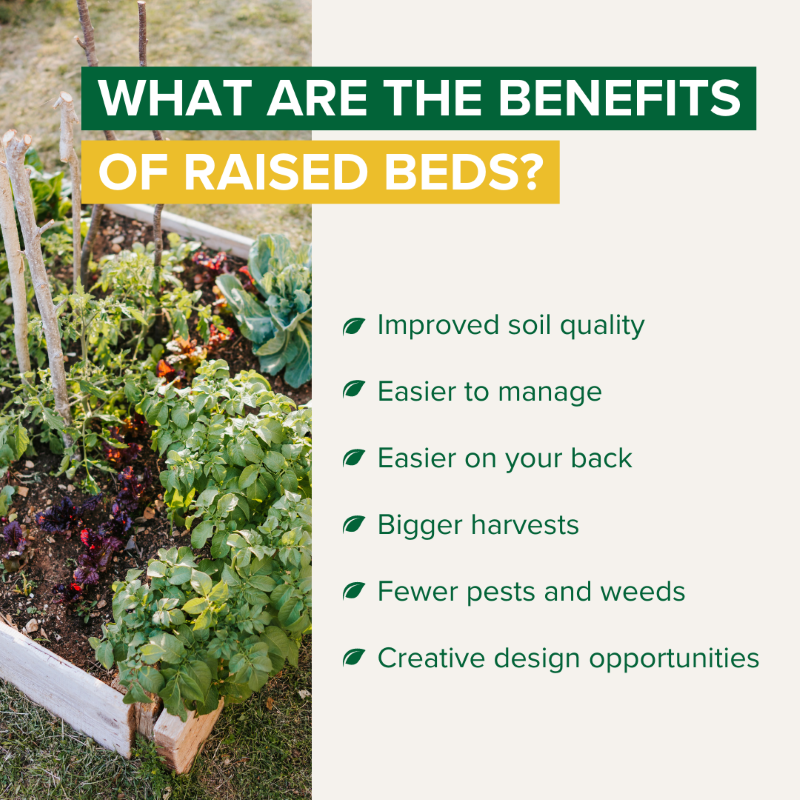
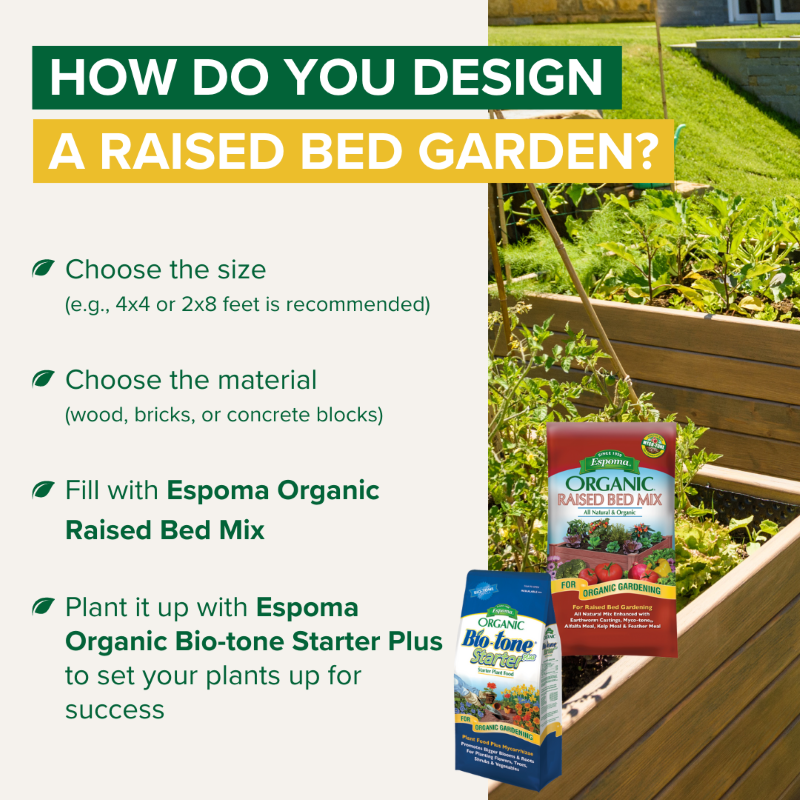
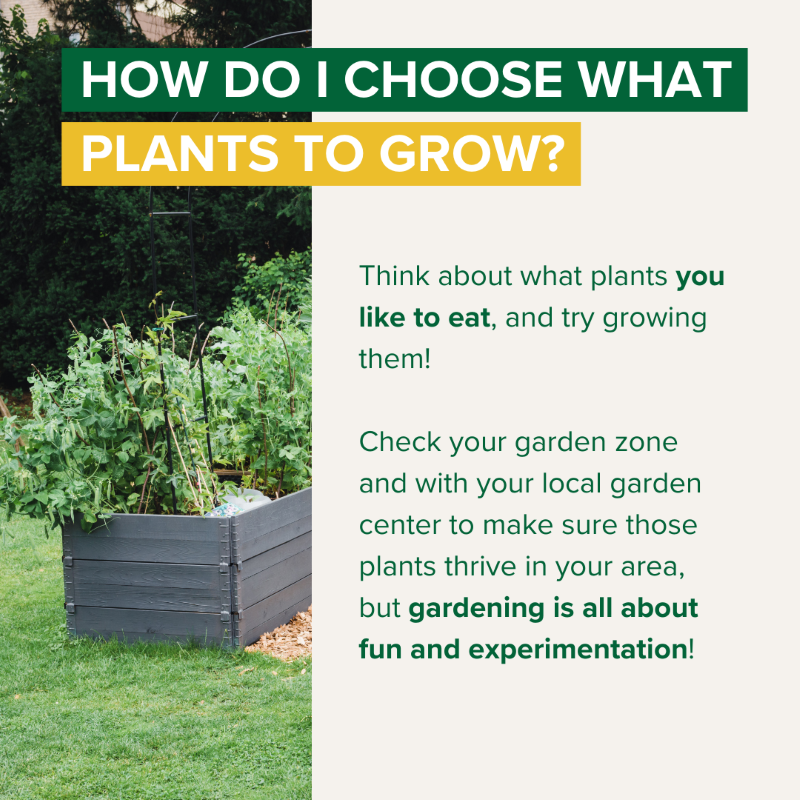
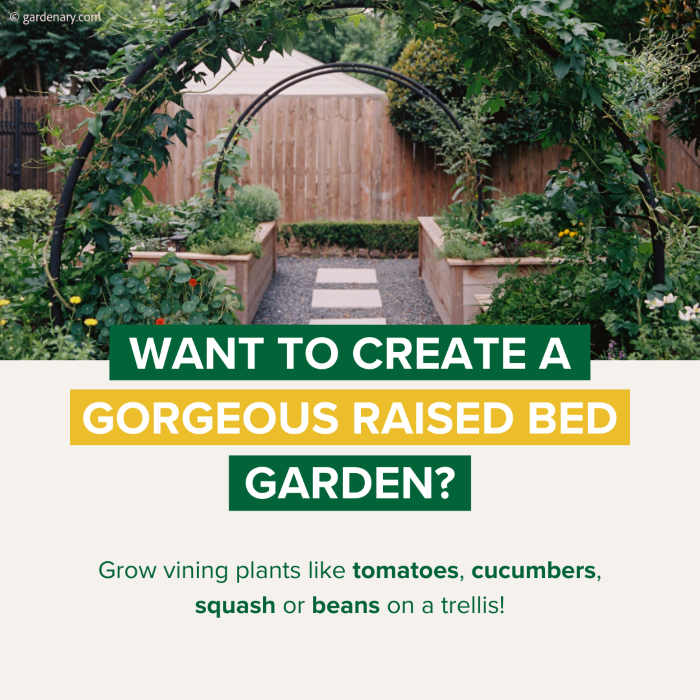
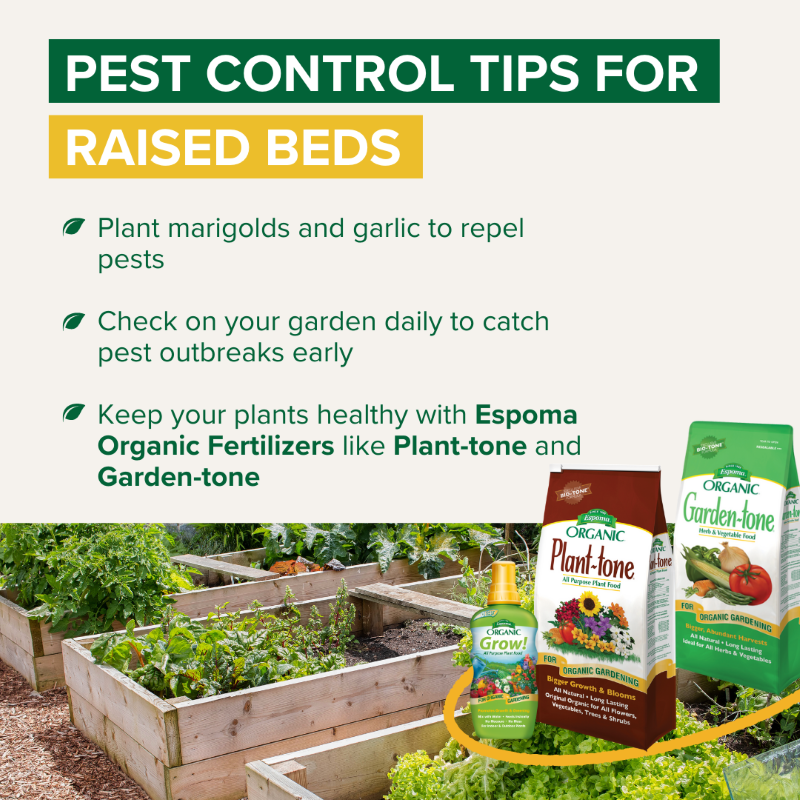
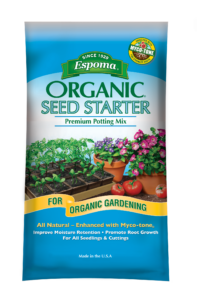
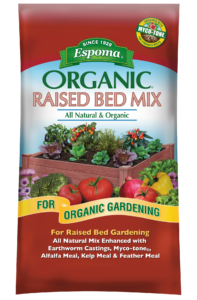
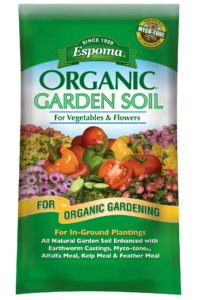


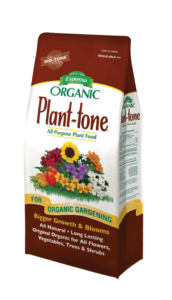
















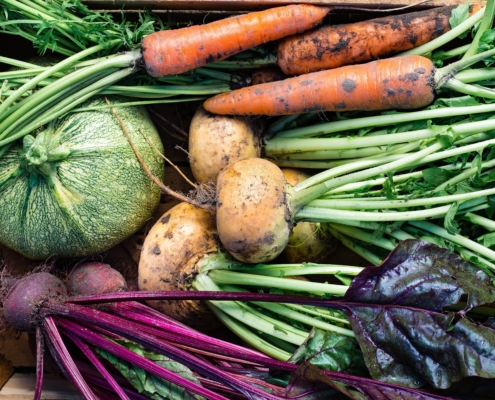
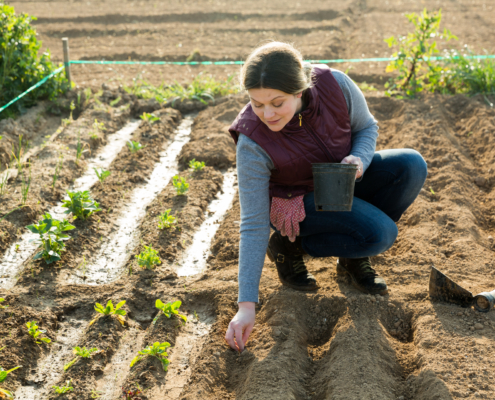

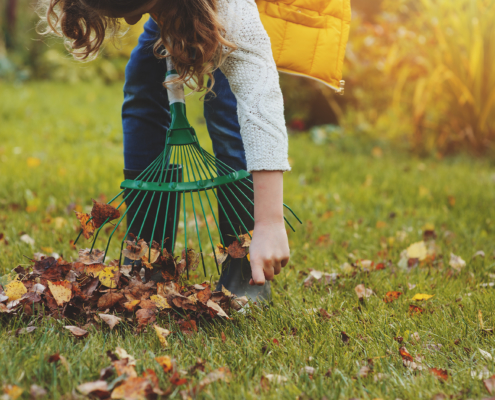
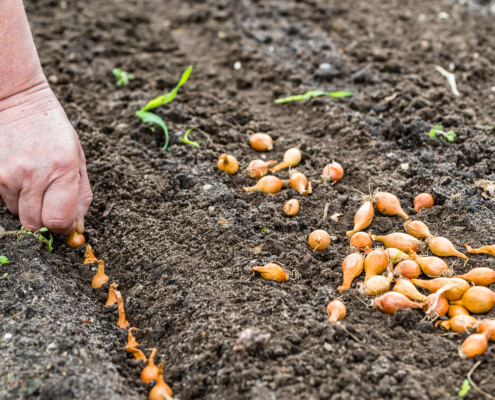
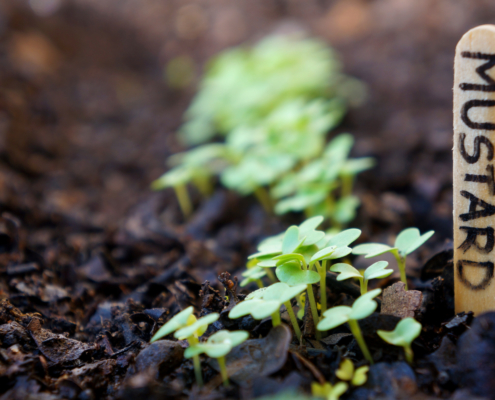
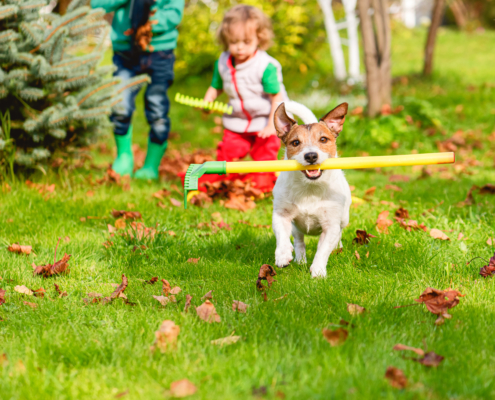
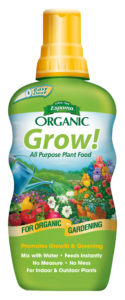
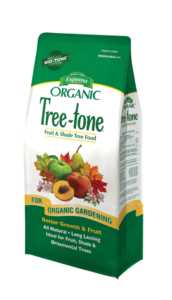
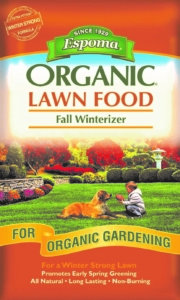
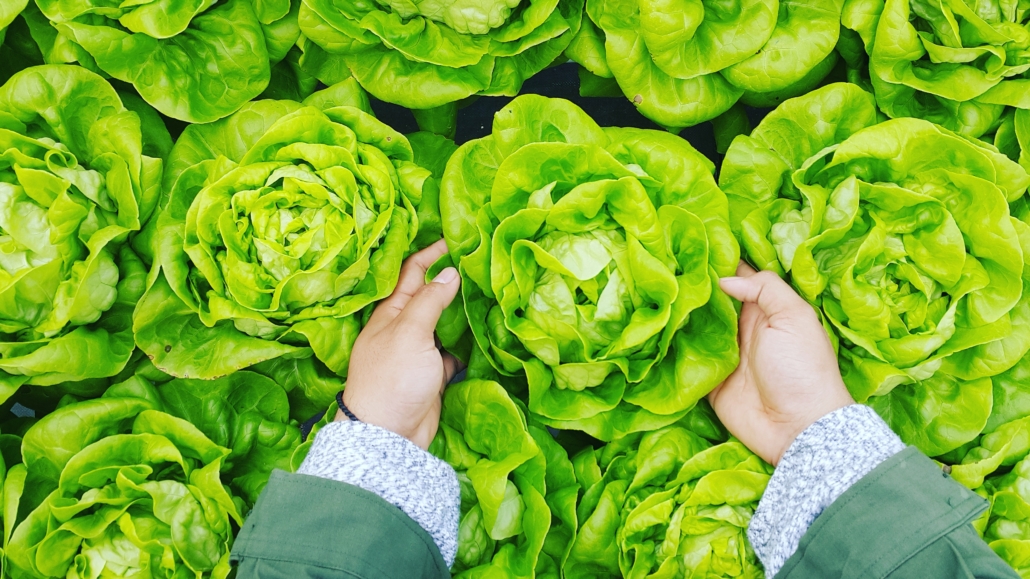
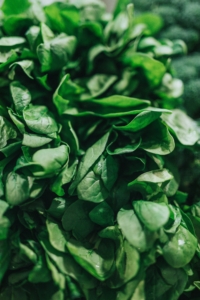 Spinach
Spinach